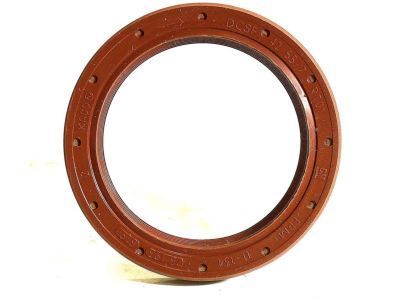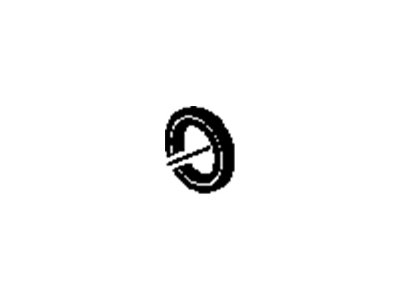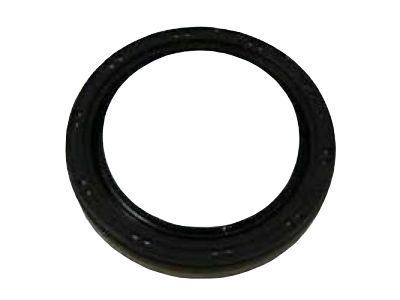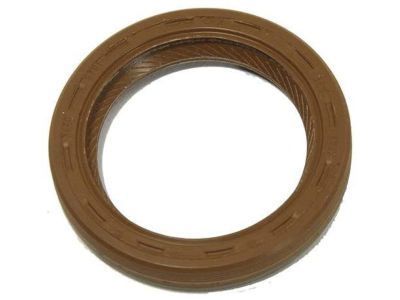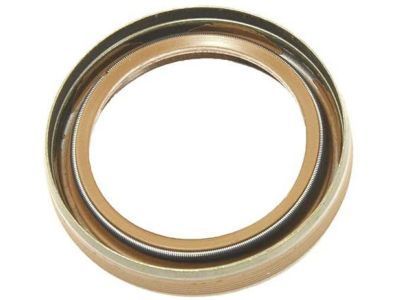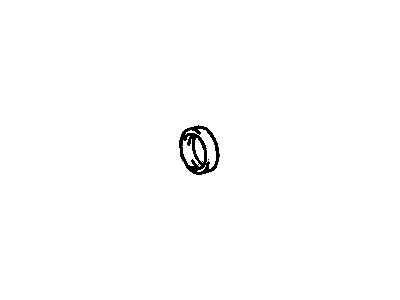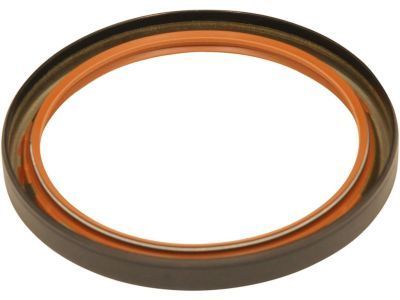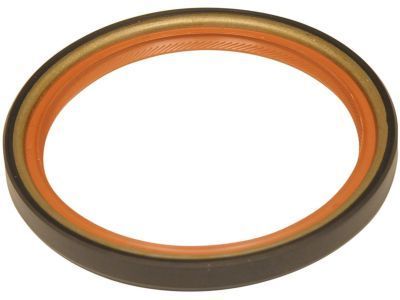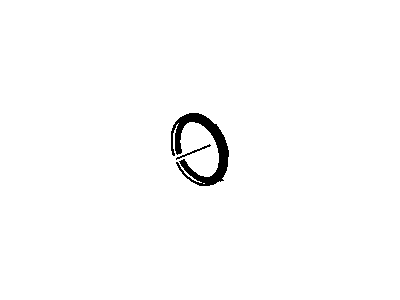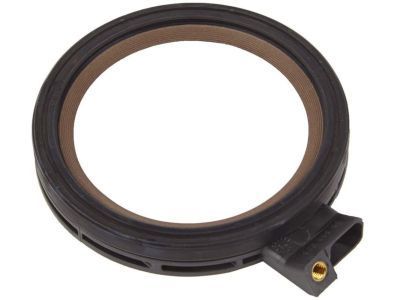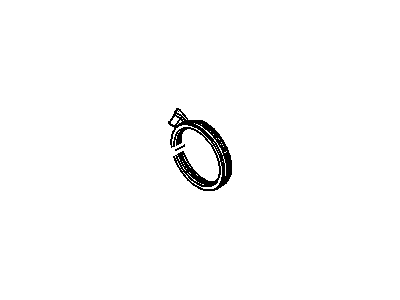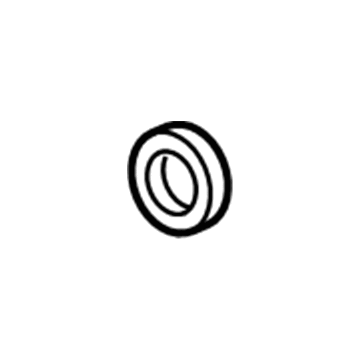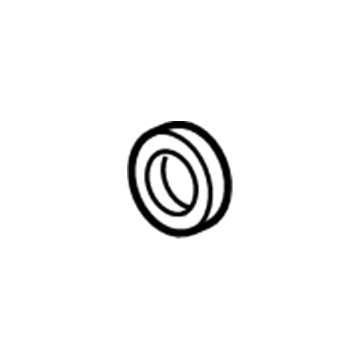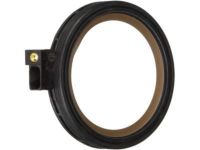
My Garage
My Account
Cart
Genuine Chevrolet Cruze Crankshaft Seal
- Select Vehicle by Model
- Select Vehicle by VIN
Select Vehicle by Model
orMake
Model
Year
Select Vehicle by VIN
For the most accurate results, select vehicle by your VIN (Vehicle Identification Number).
8 Crankshaft Seals found
Chevrolet Cruze Seal,Crankshaft Front Oil
Part Number: 12661527$12.52 MSRP: $20.72You Save: $8.20 (40%)Ships in 1-2 Business DaysChevrolet Cruze Seal,Crankshaft Front Oil
Part Number: 24465791$13.08 MSRP: $21.65You Save: $8.57 (40%)Ships in 1-2 Business DaysChevrolet Cruze Seal,Crankshaft Rear Oil
Part Number: 90325571$15.33 MSRP: $25.37You Save: $10.04 (40%)Ships in 1-3 Business DaysChevrolet Cruze Seal,Crankshaft Rear Oil
Part Number: 55555805$34.30 MSRP: $56.78You Save: $22.48 (40%)Ships in 1-2 Business DaysChevrolet Cruze Seal, Crankshaft Rear Oil
Part Number: 12653685$12.44 MSRP: $21.44You Save: $9.00 (42%)Chevrolet Cruze Seal Assembly, Crankshaft Rear Oil
Part Number: 55571582$11.20 MSRP: $17.85You Save: $6.65 (38%)Ships in 1-2 Business DaysChevrolet Cruze Seal Assembly, Crankshaft Front Oil
Part Number: 55596779$5.77 MSRP: $9.50You Save: $3.73 (40%)Ships in 1-2 Business Days
Chevrolet Cruze Crankshaft Seal
Chevrolet Cruze Crankshaft Seal is an important part situated at the front of an engine and its role is to avoid the oil leakage of the crankcase. Usual material includes the use of metal and rubber in the construction of this round seal and is very vital to providing the lubrication which translates to the reduction of friction within the engine parts hence reducing on wear. In the course of its service, a Chevrolet Cruze may develop a problem with a Crankshaft Seal that has worn out or was damaged, Oil leaks are signals of a bad Crankshaft Seal, especially in a car with high mileage. Reading it out Loud- Crankshaft Seal has to be monitored on regular basis and must be replaced on an appropriate time to let the engine run smoothly without any harm.
Each OEM Chevrolet Cruze Crankshaft Seal we offer is competitively priced and comes with the assurance of the manufacturer's warranty for the part. Furthermore, we guarantee the speedy delivery of your orders right to your doorstep. Our hassle-free return policy is also in place for your peace of mind.
Chevrolet Cruze Crankshaft Seal Parts Questions & Experts Answers
- Q: How to replace the rear Crankshaft Seal on Chevrolet Cruze?A:The one-piece rear Crankshaft Seal is pressed into the engine block and the crankcase reinforcement section. Begin by removing the transaxle, the clutch components if equipped, and the Flywheel/driveplate. For 2016 and later 1.4L and all 1.8L engines, the crankshaft position sensor should be removed. After the flywheel is taken off, detach the crankshaft position sensor encoder wheel and reluctor ring from the end of the crankshaft. Caution is advised to avoid placing the crankshaft encoder wheel near magnets or magnetic fields, as it is easily damaged; if it is cut or exposed to a magnetic field, it must be replaced. Pry out the old seal using a special seal removal tool or a flat-blade screwdriver, taking care not to scratch or damage the crankshaft sealing surface or the bore in the engine block to prevent oil leaks after the new seal is installed. Clean the crankshaft and seal bore thoroughly, de-greasing these areas with a rag soaked in brake system cleaner, and lubricate the lip of the new seal and the outer diameter of the crankshaft with clean engine oil. Position the new seal onto the crankshaft, ensuring the edges are not rolled over, and use a special rear Crankshaft Seal installation tool or a socket of the exact diameter to drive the seal in place, ensuring it is flush along the entire circumference of the engine block and the crankcase reinforcement section. If marked, the words THIS SIDE OUT on the seal must face out, toward the rear of the engine. The remainder of the installation follows the reverse order of removal.
